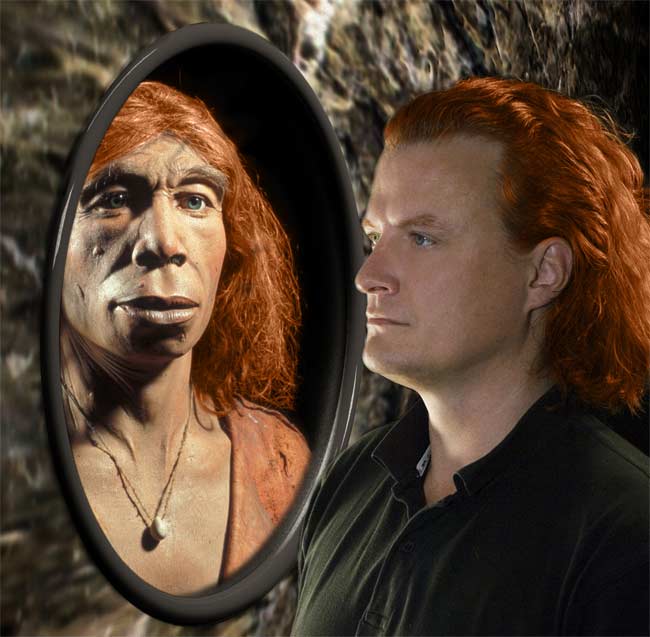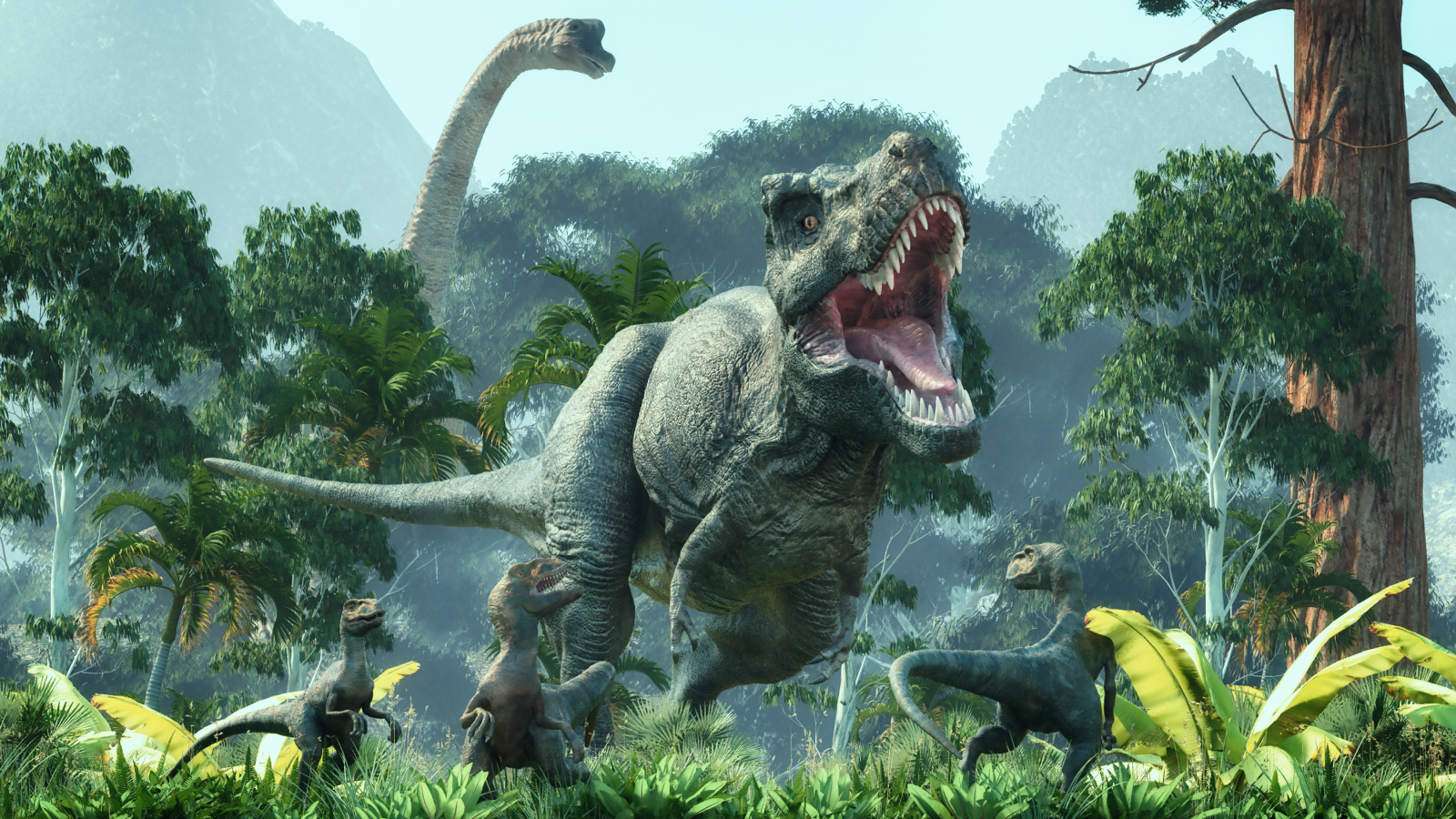The Many Mysteries of Neanderthals

Editor's Note: This is Part 6 in a 10-part LiveScience series on the origin, evolution and future of the human species and the mysteries that remain to be solved.
We are currently the only human species alive, but as recently as maybe 24,000 years ago another one walked the earth — the Neanderthals.
These extinct humans were the closest relatives we had, and tantalizing new hints from researchers suggest that we might have been intimately close indeed. The mystery of whether Neanderthals and us had sex might possibly get solved if the entire Neanderthal genome is reported soon as expected. The matter of why they died and we succeeded, however, remains an open question.
Maybe not nasty and brutish, but still short
First recognized in the Neander Valley in Germany in 1856, Neanderthals revealed that modern humans possess a rich and complex family tree that includes now-extinct relatives.
Neanderthals — also called Neandertals, due to changes in German spelling over the years — had robust skeletons that gave them wide bodies and short limbs compared to us. This made them more like wrestlers, while modern humans in comparison are more like long-distance runners.
They were probably less brutish and more like modern humans than commonly portrayed. Their brains were at least as large as ours. They controlled fire, expertly made stone tools, were proficient hunters, lived complex social groups and buried their dead. The discovery of the remains of an adult male Neanderthal with severely deformed arm bones, suggesting a major disability perhaps since childhood, hints they may have taken care of their sick. Genetic research even suggests they might have shared basic language capabilities with modern humans.
Get the world’s most fascinating discoveries delivered straight to your inbox.
"They were a lot more closely related to us than anything alive today," said paleoanthropologist Katerina Harvati at the University of Tübingen in Germany.
Why did Neanderthals go extinct?
Roughly 30,000 years ago, the Neanderthals disappeared, although pockets might have survived until as recently as 24,000 years ago. Since they vanished just as modern humans were emerging there, scientists have long speculated that we might have driven their extinction.
"I think we did away with our competition," asserted paleoanthropologist Ian Tattersall at the American Museum of Natural History in New York. "We either did it indirectly by out-competing them over resources or directly by conflict. Homo sapiens is completely different from any other hominid that ever existed — we process information about the world in a different way."
Other scientists have suggested that Neanderthals weren't destroyed so much as absorbed by modern humans. "Maybe they were wiped out by disease or by conquerors, but maybe they did leave important genes into our gene pool," said paleoanthropologist Milford Wolpoff at the University of Michigan.
Paleoanthropologist Tim Weaver at the University of California at Davis also noted that our species apparently could live at higher population densities than Neanderthals. As a result, this slight difference, with or without interbreeding, would have led to us replacing them.
"A lot of scenarios have been imagined, from peaceful 'flower child' behavior to violent interactions to even cannibalism," Harvati said. "I think a lot of these scenarios happened. I think we probably tried interbreeding and maybe it worked, maybe it didn't. I'm sure there was violence at times. I think in some places they went extinct before modern humans even arrived. But you don't even need any of those if there is even a slight advantage in how many offspring modern humans produce successfully as opposed to Neanderthals."
However, if Neanderthals did coincide with modern humans until 24,000 years ago, then we might not have had anything to do with their disappearance. Instead, evolutionary biologist Clive Finlayson at the Gibraltar Museum in Spain speculates the Neanderthals fell victim to a cooling of the climate that deteriorated their environment too rapidly for them to adapt.
Did Neanderthals have sex with modern humans?
Did hybrids occur between humans and Neanderthals? In a surprisingly bold statement, the leader of the international consortium of researchers sequencing the Neanderthal genome, Svante Pääbo, recently said he was "sure that they had sex."
"Would they have recognized each other as possible mates?" Harvati asked. "We know when closely related primate species meet, they sometimes interbreed in nature, not just in zoos, and this is something we see not just in primates, but with other closely related species among mammals."
Past research had shown that Neanderthal genomes and ours were 99.5 percent identical, based on DNA extracted from three Croatian fossils. At an October conference in Cold Spring Harbor Laboratory in New York, Pääbo — a geneticist of the Max Planck Institute for Evolutionary Anthropology in Leipzig, Germany — said the two species had sex, but it remained an open question as to whether children resulted and left a legacy in our genomes.
"It's a good, valid idea, and it needs to be examined," Harvati said. "Uncovering this could be vital to understanding our own origins."
- Top 10 Mysteries of the First Humans
- Top 10 Things That Make Humans Special
- Neanderthal News & Information



